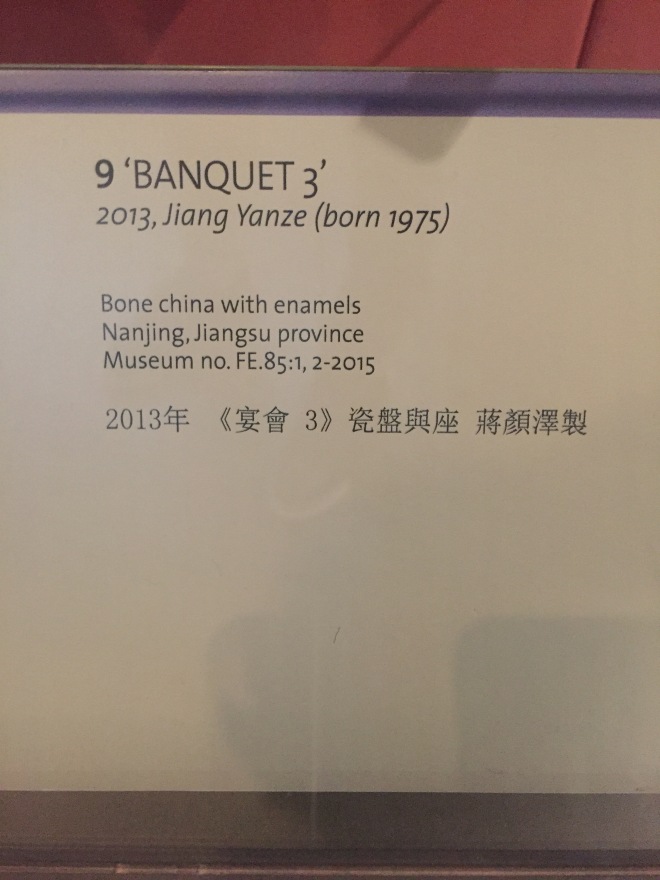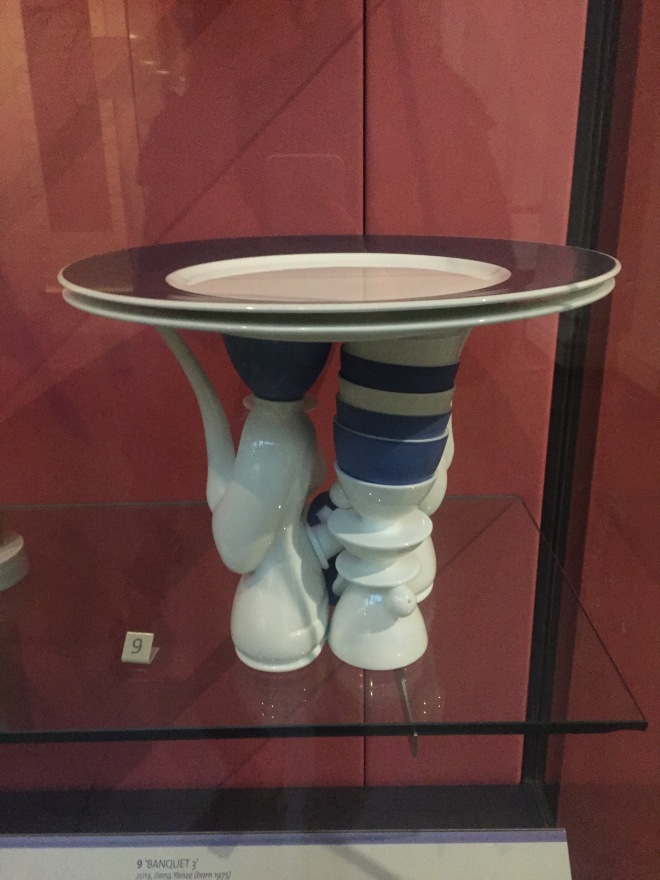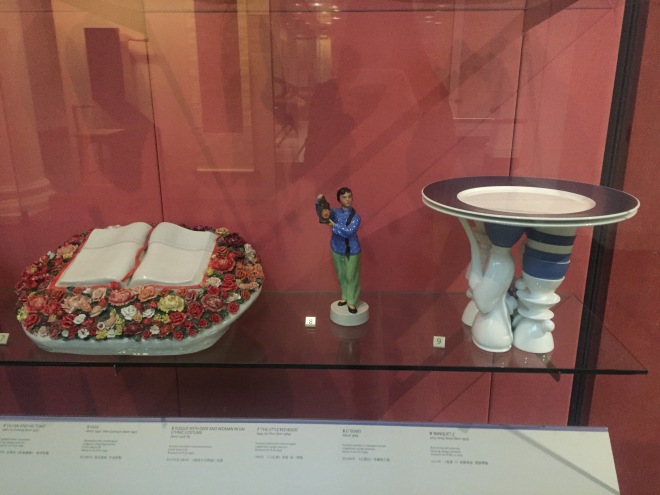

 The V&A Museum was established in 1852, with the founding principle of making works of art available to all, educating working people and inspiring British designers and manufacturers. Nowadays, V&A is still putting the best effort to pursue its great mission, and striking to make it matter to more people by promoting research, knowledge and enjoyment of the designed world to the widest possible audience.
The V&A Museum was established in 1852, with the founding principle of making works of art available to all, educating working people and inspiring British designers and manufacturers. Nowadays, V&A is still putting the best effort to pursue its great mission, and striking to make it matter to more people by promoting research, knowledge and enjoyment of the designed world to the widest possible audience.
Contemporary design has always been at the heart of the V&A’s work and the Museum remains true to its founding mission of promoting excellence in education. It works hard to encourage contemporary young designers, acquiring their work, and providing inspiration through its displays. Henry Cole, the V&A’s first director, declared that the Museum should be a ‘schoolroom for everyone’ (Victoria and Albert Museum, 2017). The V&A today offers visitors the chance to explore more deeply by using its study rooms, guided tours, gallery activities, lectures and special events. Whether you want to enjoy the galleries independently, or get more closely involved, there are many ways to discover the delights of the Victoria and Albert Museum.
Yanze Jiang, the maker of this artifact, completed her creation of banquet 3 in 2013 during the residency at Gaochun Ceramic Factory in Jiangsu province. It was a tableware-manufacturing company. With the provision of raw materials, Jiang evolved her ideas further by incorporating shapes and color from the factory’s vastly produced tableware into her works, such as the blue coating and the knob on the teapot lid. As for the solemn shape of the stand, in which Jiang managed to integrate the reminiscent of Han-dynasty tomb figurines, it implied a sense of humor onto the whole sculpture in a harmonious and cartoonish artistic form to appear in front of the public. Plenty of individuals would be interested in this artifact sensing the past, such as the businessmen who are able to balance the value of it or the people who amass collections to relive the history. Apart from that, as a contemporary luscious adornment, but made of bone china, glazed and painted enamels, it would appeal to people with any sense of taste. As for the sales marketing, it is no doubt simple. Next to the place and stand, there was the model of the little red book, which was a handbook of quotations of Chairman Mao, but the pages on this porcelain sculpture were blank. The artist attempts to combine revolutionary history with contemporary culture, while gently satirizing both stereotypes. In the middle, there was the Figure of Li Tiemei, who was the heroine in the revolutionary Beijing opera The Red Lantern, performed in the presence of Chairman Mao in 1968. It is obvious that each of these three sculptures referred to a separate age of china and was displayed there for an implied reason, either being humorous, satirical or real.
Bibliography
Victoria and Albert Museum, 2017. About Us. [Online] Available at: https://www.vam.ac.uk/info/about-us [Accessed 1 March 2017].
Victoria and Albert Museum, 2017. Little Red Book Model. [Online] Available at: http://collections.vam.ac.uk/item/O25758/little-red-book-model-xu-yihui/ [Accessed 1 March 2017].